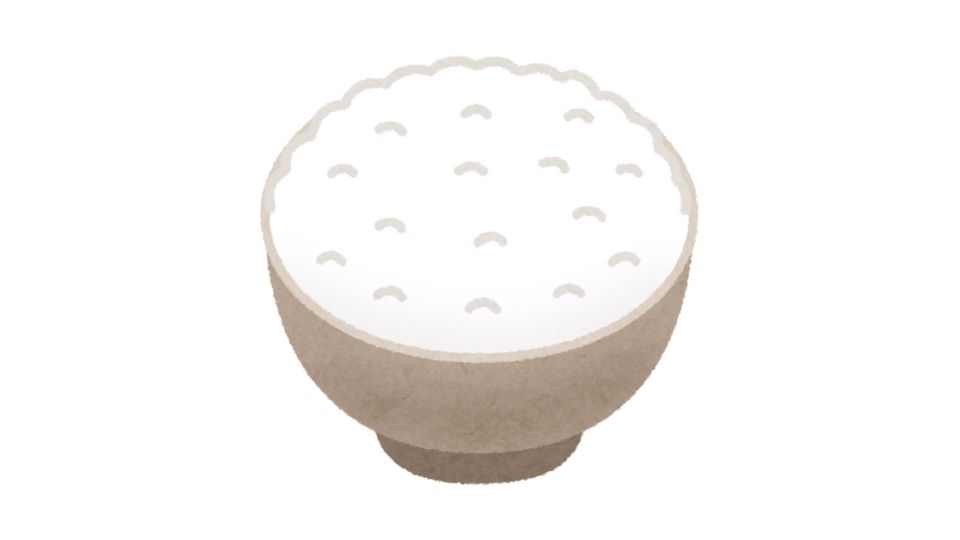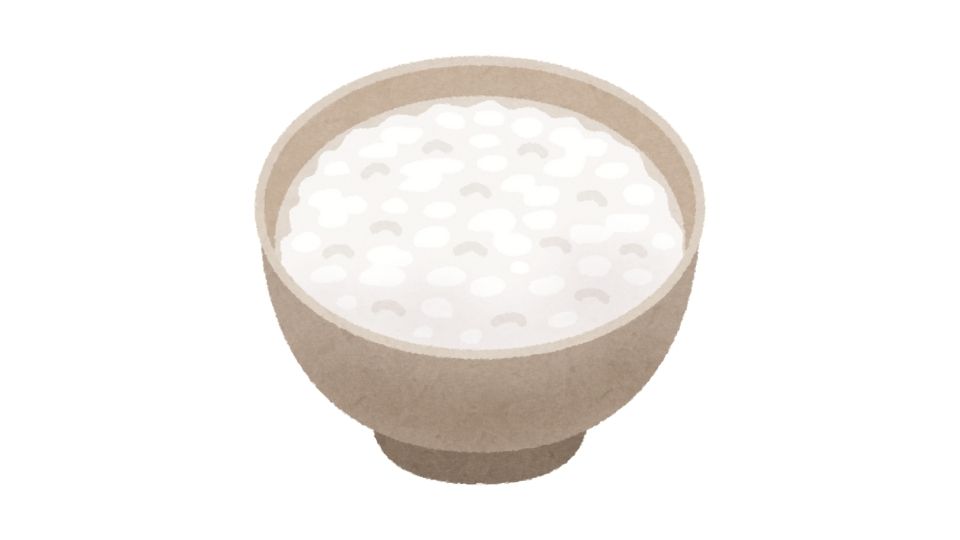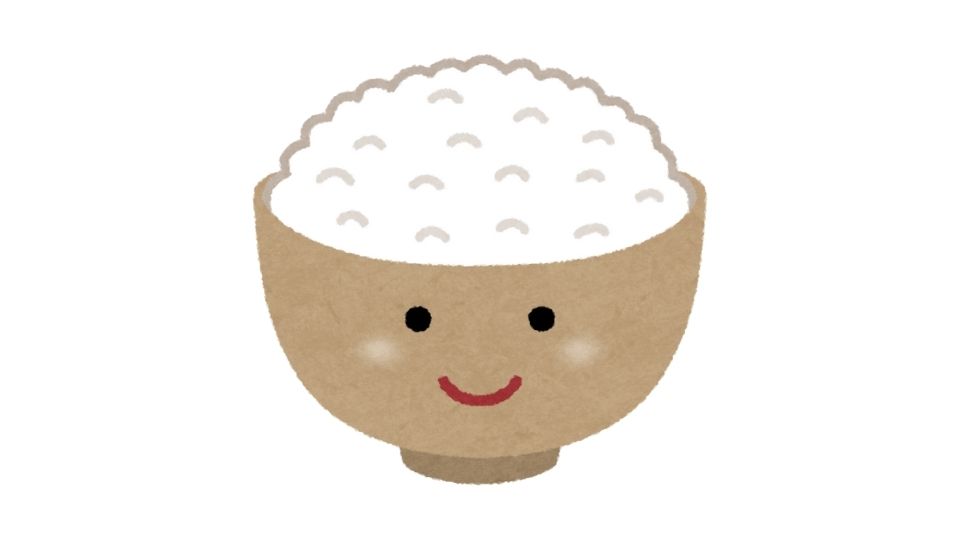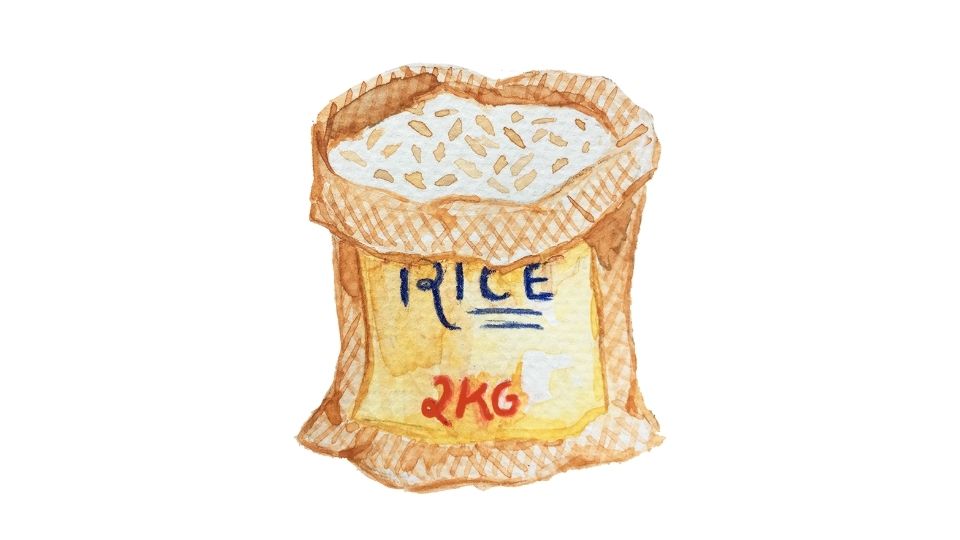Calories in 1/2 Cup of Rice

Rice 101: What’s Actually In Your Half-Cup Serving?
Ever wonder what you’re really getting in that little scoop of rice on your plate? Turns out, your half-cup serving of cooked rice packs between 90-135 calories depending on the type you’re eating.
If you’re like most folks and stick to regular white rice, you’re looking at about 102-107 calories in that half-cup portion. Not too shabby for something that’s been feeding humans since… well, forever.
But calories aren’t the whole story. Let’s dig into what’s actually in your rice bowl, which varieties give you the most nutritional bang for your buck, and whether you should be reaching for the white or brown stuff more often.
Skip ahead:
- What’s in your rice (nutrition breakdown)
- Rice varieties and their differences
- How rice impacts your health
- Making rice work in your healthy diet
What’s Actually In Your Half-Cup of Rice?
Let me break it down by the numbers:
The Nutrition Facts

| Rice Type | Calories | Protein | Carbs | Fiber |
|---|---|---|---|---|
| White rice (long grain) | ~105 | 2g | 22g | <1g |
| Brown rice (long grain) | ~125 | 3g | 26g | 1.5g |
| Basmati (white) | 90 | 2g | 21g | <1g |
| Wild rice | 85 | 3g | 18g | 1.5g |
As you can see, rice is mostly carbs with a small amount of protein and barely any fat. It’s basically nature’s energy capsule.
And just so we’re clear – we’re talking about cooked rice. If you measured a half-cup of dry rice, you’d be looking at around 360-370 calories because it hasn’t absorbed water yet.
Rice Varieties: Not All Grains Are Created Equal
The white vs. brown debate isn’t just about color. When rice gets processed to become white rice, the outer bran and germ layers get stripped away. What’s left is basically just the starchy endosperm.
Brown rice keeps those outer layers intact, which is why it has:
- More fiber (about 1.5g vs <1g)
- More protein (slightly)
- More vitamins and minerals
- A nuttier taste and chewier texture
But the calories aren’t that different – only about 20 more per half-cup for brown rice.
Then there’s wild rice (which technically isn’t even rice but a grass seed) coming in as the lowest calorie option at 85 calories per half-cup with more protein and fiber than white rice.
And let’s not forget about black rice, sometimes called “forbidden rice” (sounds cool, right?), which packs in antioxidants along with its 115 calories per half-cup.
Rice and Your Health: Friend or Foe?

Is rice good for you? Like most foods, it depends on context and your personal health situation.
The Good News About Rice
Rice is naturally gluten-free, making it perfect for people with celiac disease or gluten sensitivity. It’s also very low in fat and has virtually no cholesterol or sodium in its natural form.
A Harvard School of Public Health study found that populations that eat rice regularly tend to have lower rates of certain chronic diseases when rice is part of an overall healthy diet.
Rice is also incredibly easy to digest, which is why it’s often recommended when you’re sick or having digestive issues.
The Potential Downsides
White rice has a higher glycemic index than brown rice, meaning it can cause faster spikes in blood sugar. If you’re managing diabetes or insulin resistance, brown rice might be your better bet.
White rice is also less filling than brown rice, which might lead to eating more calories overall if you’re trying to control your weight.
Some research from the American Journal of Clinical Nutrition suggests that eating too much white rice might be associated with higher risk of type 2 diabetes, especially in populations that consume it as a staple food.
Making Rice Work in Your Healthy Diet

So how do you enjoy rice without worrying about your waistline or blood sugar? Here are some practical tips:
Smart Portion Control
That half-cup serving we’ve been talking about? It’s smaller than you think. Most restaurants serve 2-3 times that amount, and many of us heap our plates at home too.
Try using a measuring cup the next time you serve rice – you might be surprised at what a proper portion looks like.
Rice Upgrades
Here are some ways to make your rice healthier:
- Mix white and brown rice for better nutrition while still keeping that familiar texture
- Add vegetables to your rice to boost fiber and nutrients while keeping calories in check
- Cook rice in broth instead of water for more flavor without added fat
- Try the “cooling method” – cooking rice, then refrigerating it for 12 hours creates resistant starch that’s better for blood sugar control, according to research from the College of Chemical Sciences
Rice Alternatives
If you’re looking to shake things up, try:
- Cauliflower rice (about 20 calories per half-cup)
- Quinoa (similar calories to rice but more protein)
- Barley or farro for a chewier texture and more fiber
The Bottom Line on Rice Calories

Your average half-cup of cooked white rice contains around 102-107 calories, mostly from carbs with a small amount of protein.
Brown rice will give you more nutrients and fiber for slightly more calories (about 125 per half-cup).
Rice can absolutely be part of a healthy diet – billions of people around the world prove that every day. The key is being mindful of portions and pairing it with vegetables and protein for a balanced meal.
So next time you’re scooping rice onto your plate, you’ll know exactly what you’re getting – a food that’s been fueling humanity for thousands of years, all in about 100 tiny calories per half-cup.
And yes, you can still enjoy your sushi rolls and curry – just maybe balance them out with a salad on the side.

